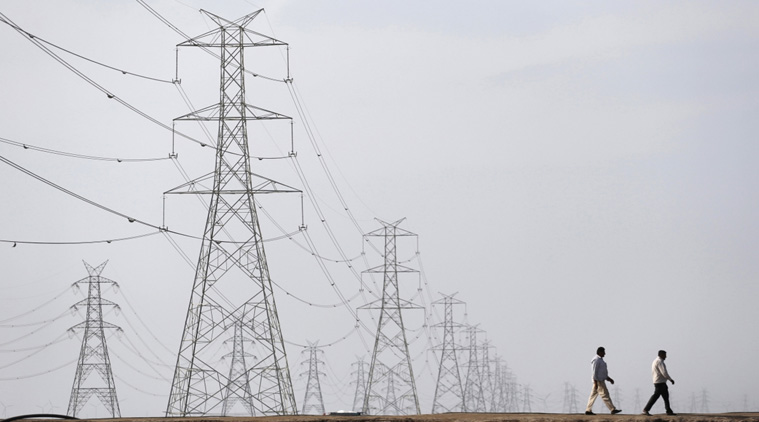Stay updated with the latest - Click here to follow us on Instagram
MERC reduces industrial tariffs, marginally hikes rates for certain residential and agricultural users
The MERC has approved an overall reduction in the state’s power tariff by 5.75 per cent as compared with last year, and 2.44 per cent over April prices.
 Electricity consumers in Mumbai’s suburbs and parts of the island city will however have to brace for a rise in their power bills.
Electricity consumers in Mumbai’s suburbs and parts of the island city will however have to brace for a rise in their power bills.
Sticking to the Bharatiya Janata Party-led government’s promise, the state electricity regulator has reduced electricity tariff for industries, in keeping with the state’s ‘Make in Maharashtra’ mission, while allowing a slight pinch for agricultural and some residential consumers.
The Maharashtra Electricity Regulatory Commission (MERC) has approved an overall reduction in the state’s power tariff by 5.75 per cent as compared with last year, and 2.44 per cent over April prices.
Electricity consumers in Mumbai’s suburbs and parts of the island city will however have to brace for a rise in their power bills. The MERC has approved an average 5.2 per cent hike in electricity tariff for consumers of Reliance Energy, and an average 3.9 per cent rise for Tata Power consumers over April tariffs.
[related-post]
However, Tata Power’s residential consumers will have to pay an average of 1 per cent lower than their existing tariffs. The new tariffs will be effective June 1.
The Maharashtra State Electricity Distribution Company Ltd (MSEDCL) distributes power to the entire state except Mumbai. However, certain Mumbai areas such as Bhandup, Mulund, Navi Mumbai are also catered to by the MSEDCL.
Reliance Energy supplies electricity to Mumbai’s suburbs, while Tata Power too supplies power to parts of Mumbai suburbs and some pockets of the island city. All distribution companies had put forward their proposals for tariff determination for 2015-16 to the MERC.
With there being a strong pressure from the state government as well as several industrial lobbies, the MERC has reduced electricity tariffs for MSEDCL’s industrial consumers by an average of 7-10 per cent for various industrial sub-categories.
The tariff for industrial units on express feeder has been reduced to Rs 7.21 from the Rs 8.41 per unit that was made applicable in April, while the charges for industries on the non-express feeders have also been pushed down to Rs 6.71 from Rs 7.60 per unit. The MERC has, however, approved a slight rise in tariff for agricultural users by Rs 0.06 per unit and for higher slabs of residential users by 0.01to 1.49 per unit.
“The commission has taken note of views expressed by industries that tariff for industries, both high-tension and low-tension, are higher in Maharashtra in comparison with neighbouring states. Electricity charges play an important role in competitiveness of industry. The commission hopes that this will play a catalyst role in industrial growth of Maharashtra,” the MERC said in its order.
For Reliance Energy’s consumers in Mumbai, the MERC has hiked residential electricity prices by 5 to 11 per cent, with the maximum increase being for residential consumers using 300 to 500 units. Tata Power’s lowest-end residential consumers, those using up to 100 units, will see a sharp 17 per cent fall in tariffs, and those using between 100 and 300 units will see a 7 per cent decline in power tariffs. However, consumers using between 300 to 500, and over 500 units will have to bear a 3 per cent hike in their power tariffs.







